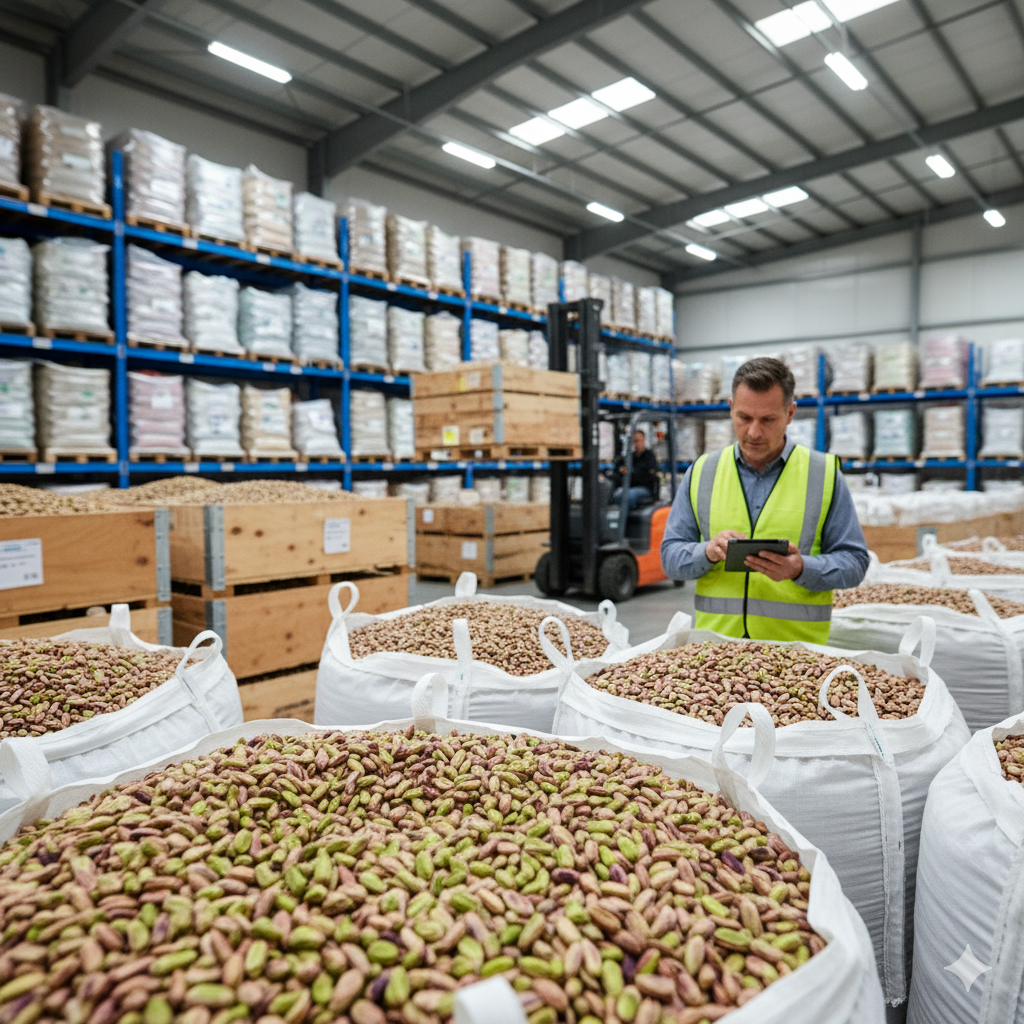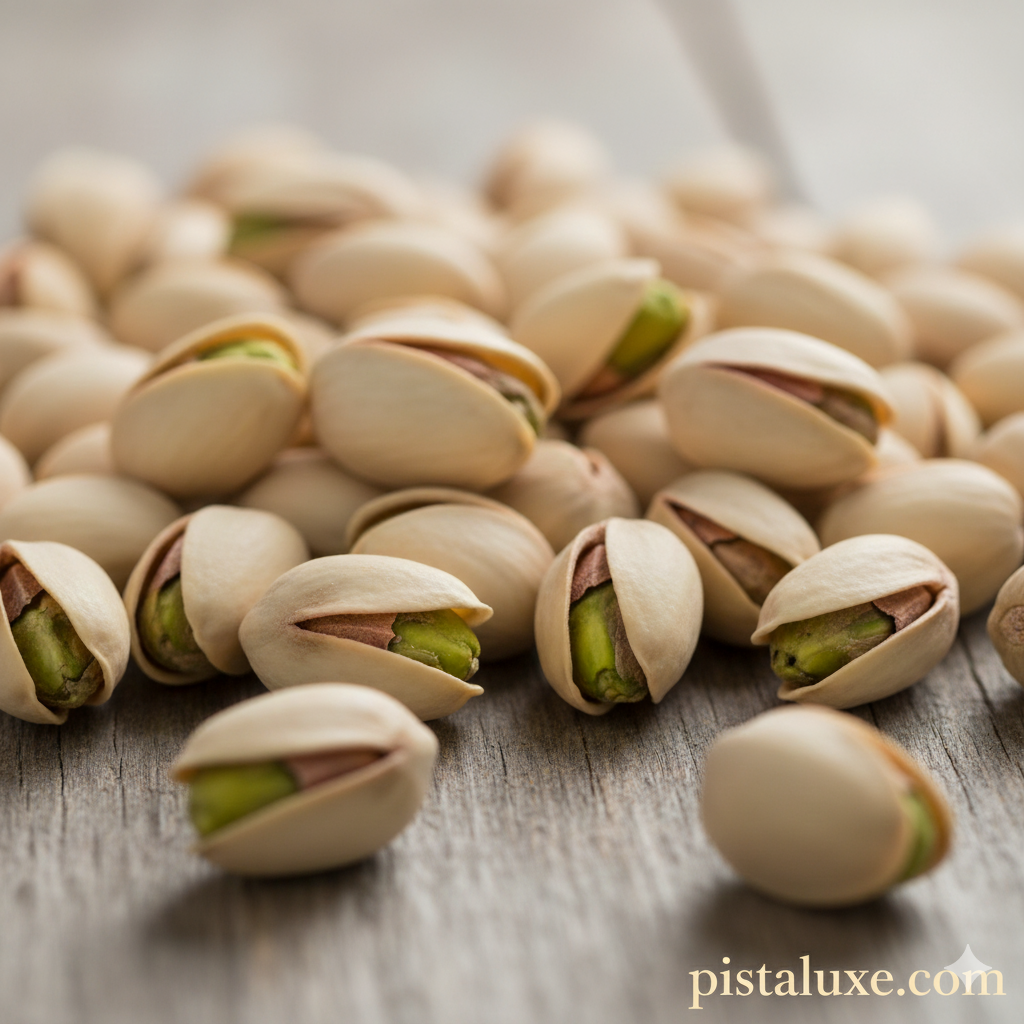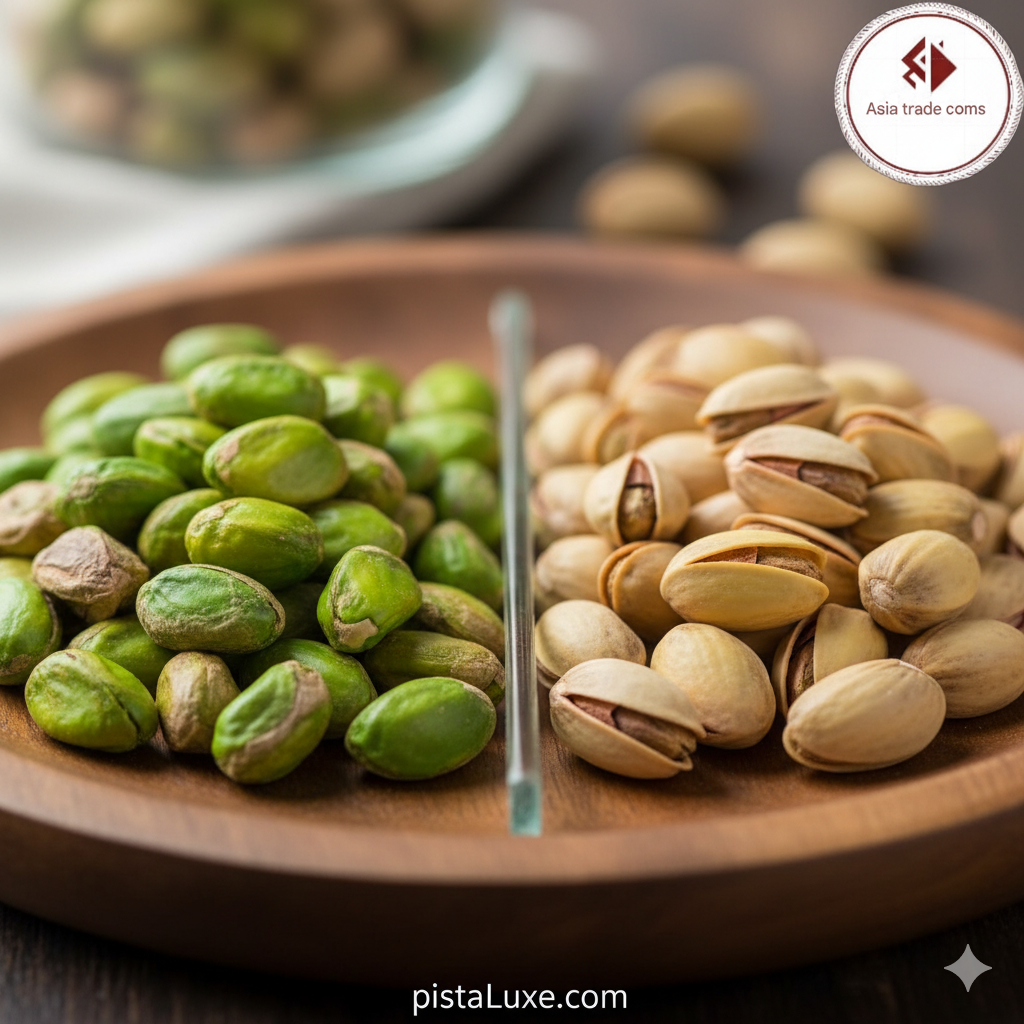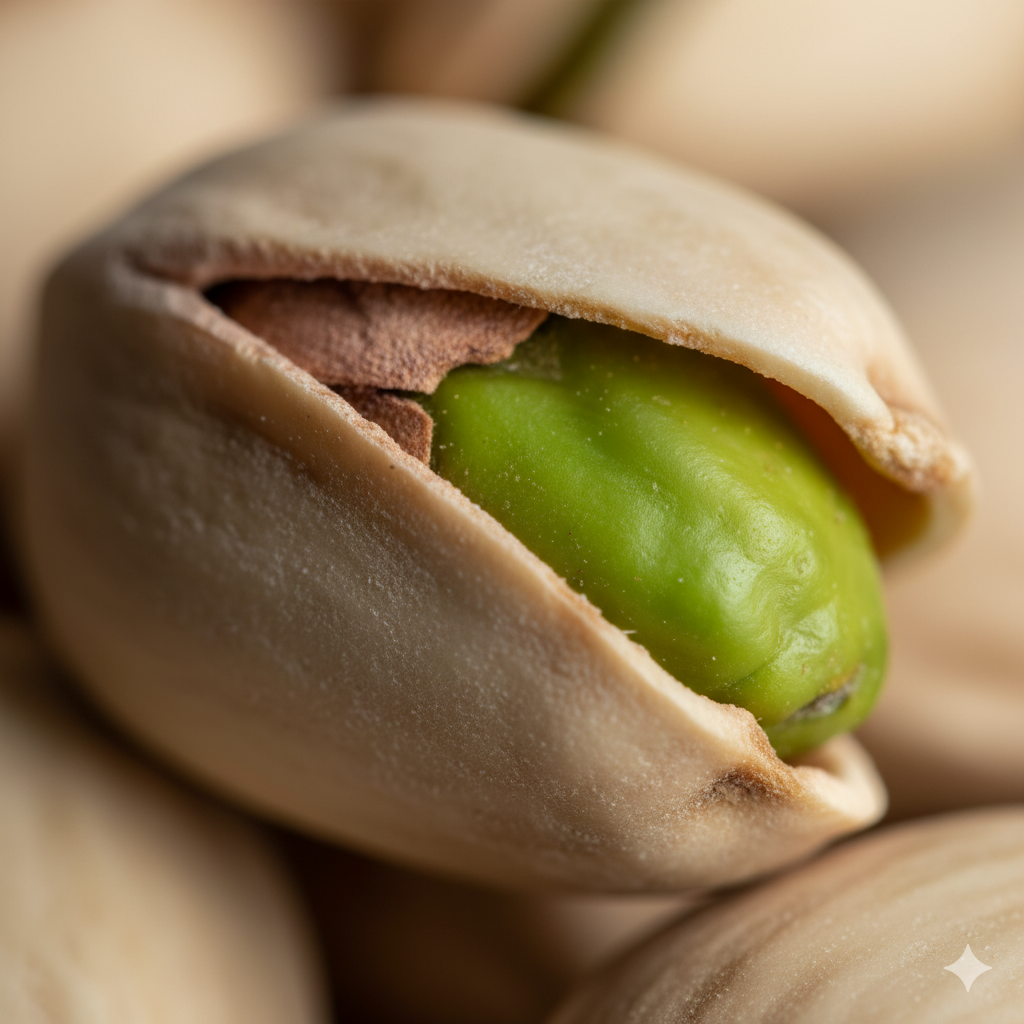
The global pistachio market is defined by price volatility and cyclical supply, a reality that poses significant risks to processors, wholesalers, and large-scale confectioners. While many buyers passively engage with the market during the peak season, astute players employ a proactive Off-Season Sourcing Strategy. This approach fundamentally transforms procurement from a mere operational cost into a powerful, sustainable competitive advantage.

The Imperative for Off-Season ProcurementThe pistachio harvest typically occurs in the early fall (September to November). During this period, the influx of fresh supply pushes prices to their annual low. However, strategically-minded buyers recognize the critical need to secure their annual requirement immediately following the harvest, often committing capital for 6-9 months. This strategy achieves two core business goals:1. Price Stabilization and Cost Control (Hedging)The most significant benefit is insulation from mid- and late-season price spikes. As the harvested supply dwindles (particularly from March through August), prices historically trend upward due to scarcity and peak seasonal demand periods (e.g., major cultural and Western holidays). By locking in costs at the post-harvest low, businesses effectively hedge against future market inflation, which allows for more predictable production planning and ensures higher profit margins.2. Guaranteed Supply and Quality AssurancePistachio yields are highly susceptible to the alternate-bearing nature of the trees (“on-year” vs. “off-year”) and extreme weather events. A buyer relying on seasonal purchases faces a severe risk of supply shortages, particularly during an “off-year.” By securing inventory right after harvest, the processor ensures an uninterrupted flow of raw materials for the full year, eliminating stock-outs. Furthermore, these strategic buyers get the first choice of the highest-grade nuts (larger size, better color, and lowest Aflatoxin risk), which directly impacts the quality and marketability of their final products.

Key Pillars of a Successful StrategyImplementing this strategy demands specialized infrastructure and rigorous risk management. The primary challenge of holding stock for an extended period is maintaining quality, especially managing the risk of Aflatoxin contamination, which can render an entire batch unusable in premium export markets. This requires investment in climate-controlled storage (low temperature and humidity) to prevent mold growth and a strict schedule for periodic Aflatoxin testing. Financially, the cost of capital (carrying cost) and storage must be accurately calculated, with the projected return on investment (ROI) rigorously justifying these expenditures.The Competitive EdgeFor sophisticated businesses, off-season sourcing is a fundamental discipline. A company that has secured its raw material costs at the lowest annual price can confidently sign long-term supply contracts with major international clients. This ability to offer stable, competitive pricing year-round fundamentally outmaneuvers rivals who are forced to chase volatile spot prices. This proactive approach acts as a crucial buffer against geopolitical instability or severe weather, ensuring resilient operations.
📞 Place Your Pistachio OrderTo inquire about purchasing and placing an order, please contact Mr. Ravanshad via WhatsApp: 00989214773705





